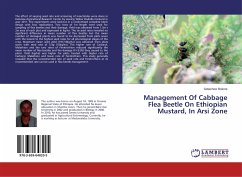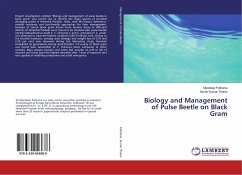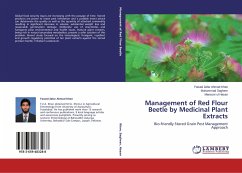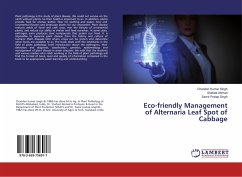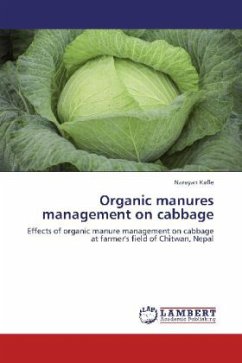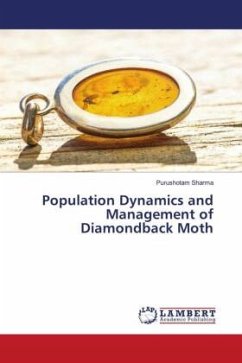The effect of varying seed rate and screening of insecticides were done in Kulumsa Agricultural Research Center by sowing Yellow Dodolla mustard in year 2011. The experiments were laid-out in a randomized complete block design with four replications. Two rows of 1m length were used for sampling of flea beetles and their damage. Yield was obtained from 1.5m x 2m area of each plot and expressed in kg/ha. The six seed rates revealed no significant difference in mean number of flea beetles but the mean number of damaged plants was found to be decreased from plots sown with the lowest to the highest seed rates for all phonological stages of the crop. Maximum mean seed yield (1917.8kg/ha) was obtained from plots sown with seed rate of 5.4g (10kg/ha). The higher rate of Carbaryl, Malathion and the two rates of Fenitrothion reduced significantly the mean number of flea beetles and the damage (P0.05) they caused to the plant. Yield (kg/ha) was higher for plots treated with higher rate of Carbaryl, Malathion and lower rate of Fenitrothion. This study generally revealed that the recommended rate of seed rate and Fenitrothion at its recommended rate can be used in flea beetle management.

